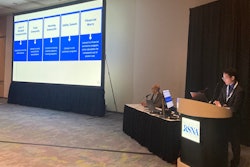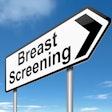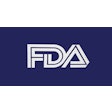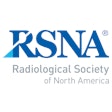Implementing a financial hardship screening protocol for cancer patients requires a thorough understanding of social determinants of health, according to a commentary published August 6 in the Journal of the American College of Radiology.
Why? Because factors such as financial distress have been linked to higher mortality rates among patients with cancer -- in part because people may not get the screening exams they need and thus present with more advanced disease, wrote a team led by Samilia Obeng-Gyasi, MD, of the Ohio State University in Columbus.
"Research has indicated a correlation between populations (e.g., individuals residing in low-income areas) experiencing unfavorable oncological outcomes (e.g., higher rates of recurrence and mortality) and a higher prevalence of financial hardship," the group noted. "For example, compared to White women, Black women present with more advanced-stage and aggressive breast cancer subtypes, which necessitates costly multimodal treatments, thereby elevating the risk of encountering financial hardship."
Although this connection between financial trouble and poor cancer outcomes has been established, "screening for financial hardship in patients with cancer remains inconsistently implemented across healthcare systems in the United States," the group explained. Obeng-Gyasi and colleagues sought to address the problem by developing a financial hardship assessment protocol for new and returning patients who presented for breast, lung, and blood cancer screening and care; it was implemented between November 2020 and November 2021 and 4,543 patients were screened.
Of the total study cohort, 10.6% reported financial hardship. Of these, 56% had blood cancers, 24% lung, and 19% breast. Overall, patients reporting financial hardship were more likely to be Black, Medicaid insured, and to live in neighborhoods with high deprivation levels.
The financial hardship screening protocol consisted of asking patients questions about social determinants of health and entering their answers into the electronic medical record, sending patients experiencing financial hardship to a social worker for needs assessment, and referring patients to appropriate resources to address their needs.
The primary challenge to implementing the protocol was a lack of awareness about the location of the social determinants of health questions in the electronic medical record. The protocol was also hindered by logistical issues such as who would refer patients to social workers, how the referral should be made, who was responsible for confirming that a patient had been seen by a social worker, and what was an acceptable follow-up time frame.
To address the challenges to implementing a financial hardship screening protocol, the research team conducted quarterly meetings to review the electronic medical record data. Over the course of this evaluation process, it made the following amendments:
- An intake nurse asked patients social determinants of health questions and documented the responses in the EMR.
- If a patient reported experiencing financial hardship, they were referred to a social worker for a needs assessment.
- A designated team member (e.g., nurse, advanced practice provider, physician) placed the needs assessment order and notified the social worker by phone or email.
- The team member followed up with the patient.
- The hospital's IT department provided a weekly report of patients reporting financial hardship.
The authors hope the study findings will help radiology departments and their hospitals better care for patients in an era when the Centers for Medicare and Medicaid (CMS) has made screening for social determinants of health mandatory and the Joint Commission has updated its accreditation standards to include a performance element based on the collection of social determinants of health.
"[Our] experiences offer valuable insights into the potential challenges and opportunities that healthcare facilities may encounter when striving to adhere to this recent mandate and accreditation standard," they concluded.
The complete article can be found here.



















